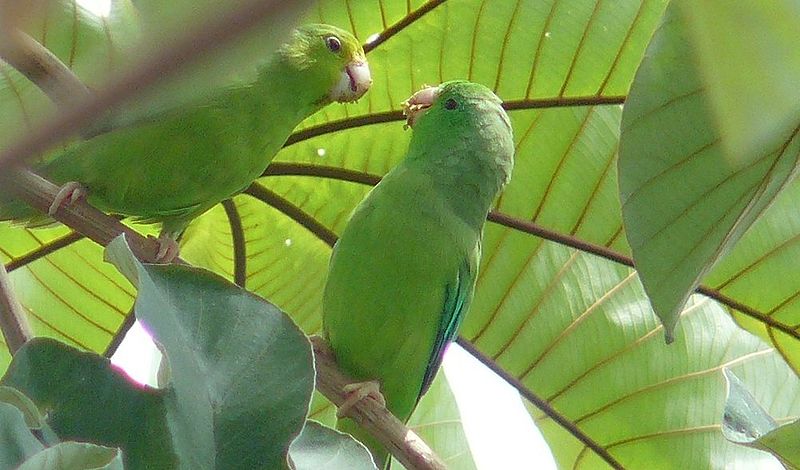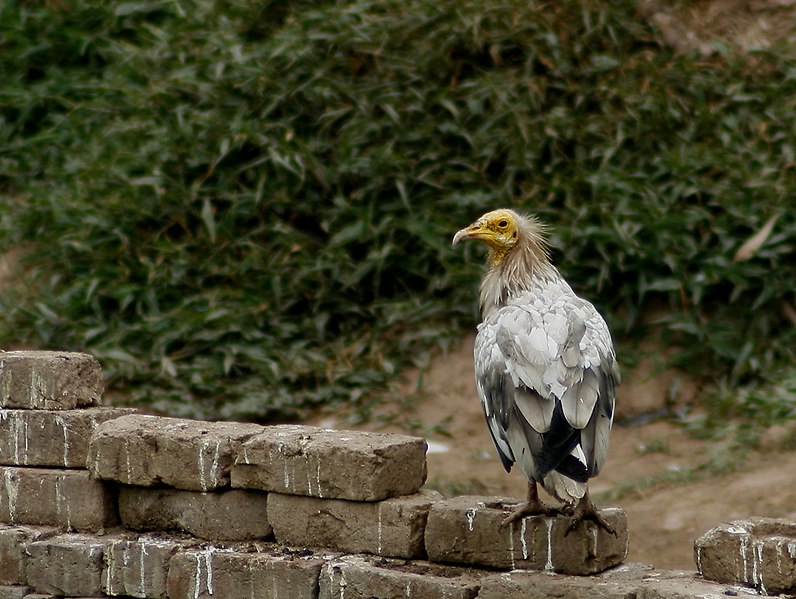 The US Fish and Wildlife Service has taken action on a proposal originally filed by Friends of Animals in 2008. Three of the affected species are popular in the pet trade – the Umbrella or White Cockatoo (Cacatua alba), the Sulphur-Crested Cockatoo (C. sulphurea) and the Red-Vented or Philippine Cockatoo (C. haematuropygia). The Crimson Shining Parrot (Prosopeia splendens) was denied Endangered Species Act (ESA) protection.
The US Fish and Wildlife Service has taken action on a proposal originally filed by Friends of Animals in 2008. Three of the affected species are popular in the pet trade – the Umbrella or White Cockatoo (Cacatua alba), the Sulphur-Crested Cockatoo (C. sulphurea) and the Red-Vented or Philippine Cockatoo (C. haematuropygia). The Crimson Shining Parrot (Prosopeia splendens) was denied Endangered Species Act (ESA) protection.
ESA Protection Denied for 8 Parrot Species
The original application filed by Friends of Animals sought ESA protection for 8 additional species, including the Military, Scarlet, Blue-Headed, Great Green and Hyacinth Macaws, the Yellow-Billed and Red-Crowned Parrots and the Grey-Cheeked Parakeet. Of these, only the 3 cockatoos listed above and the Crimson Shining Parrot were selected by the US Fish and Wildlife Service as warranting further consideration. Read More »
 That Bird Blog – Bird Care and History for Pet Birds
That Bird Blog – Bird Care and History for Pet Birds




